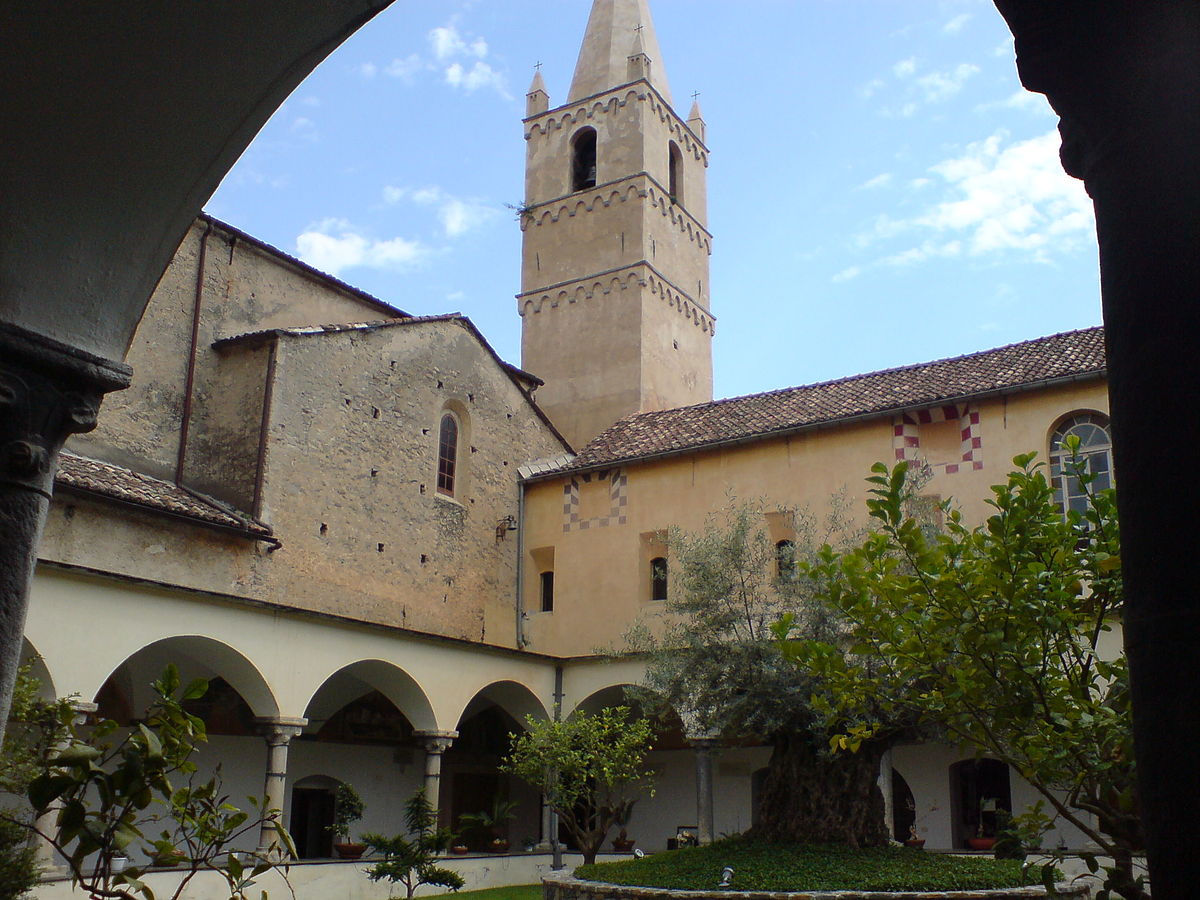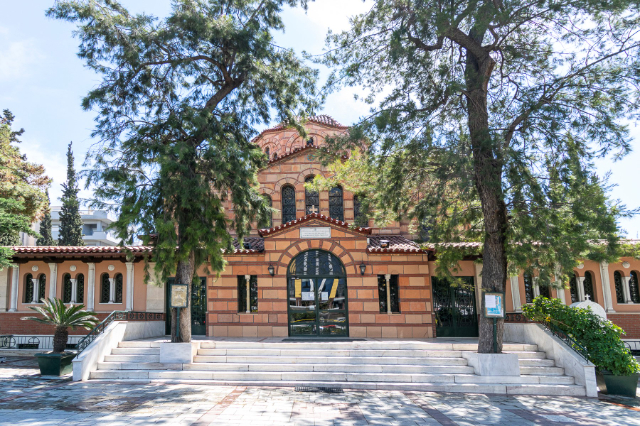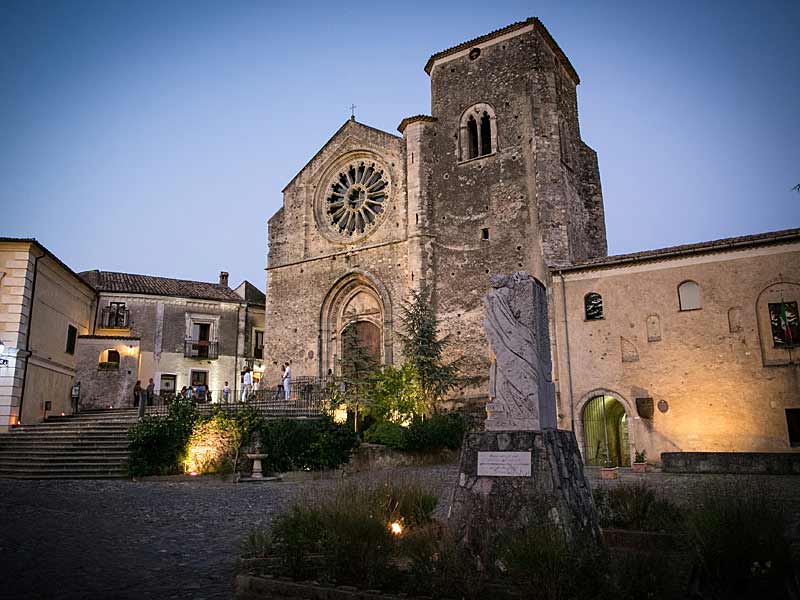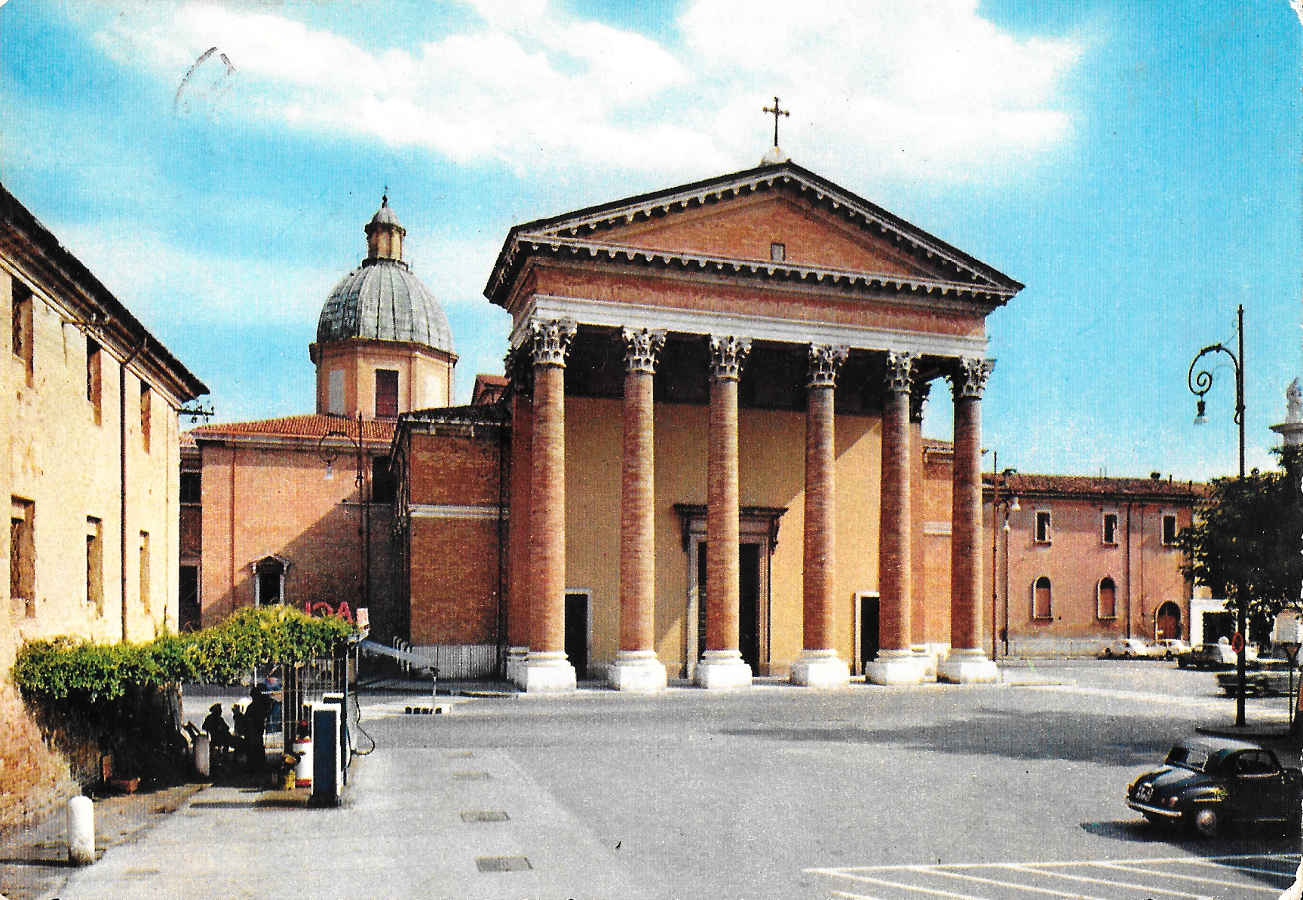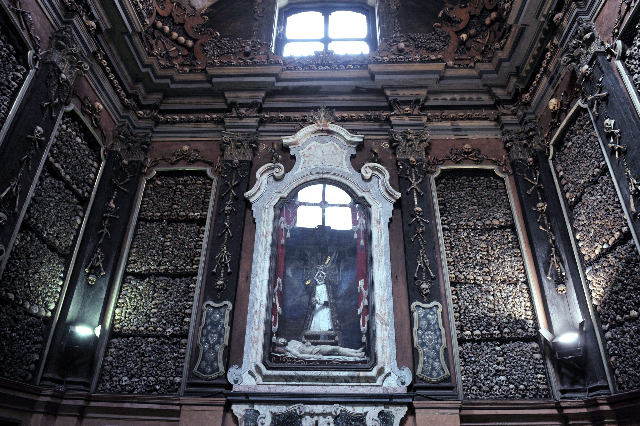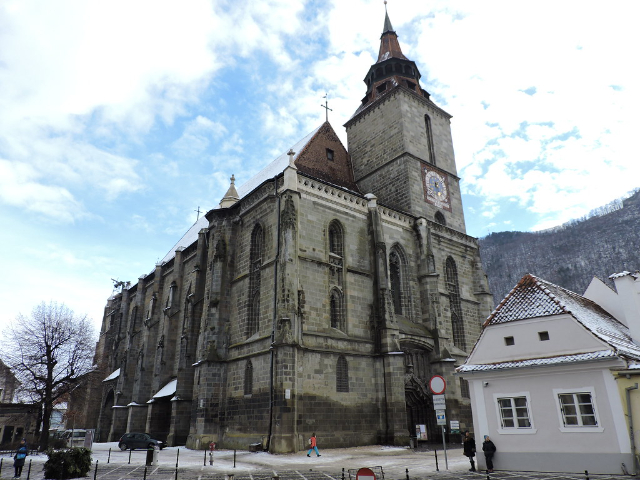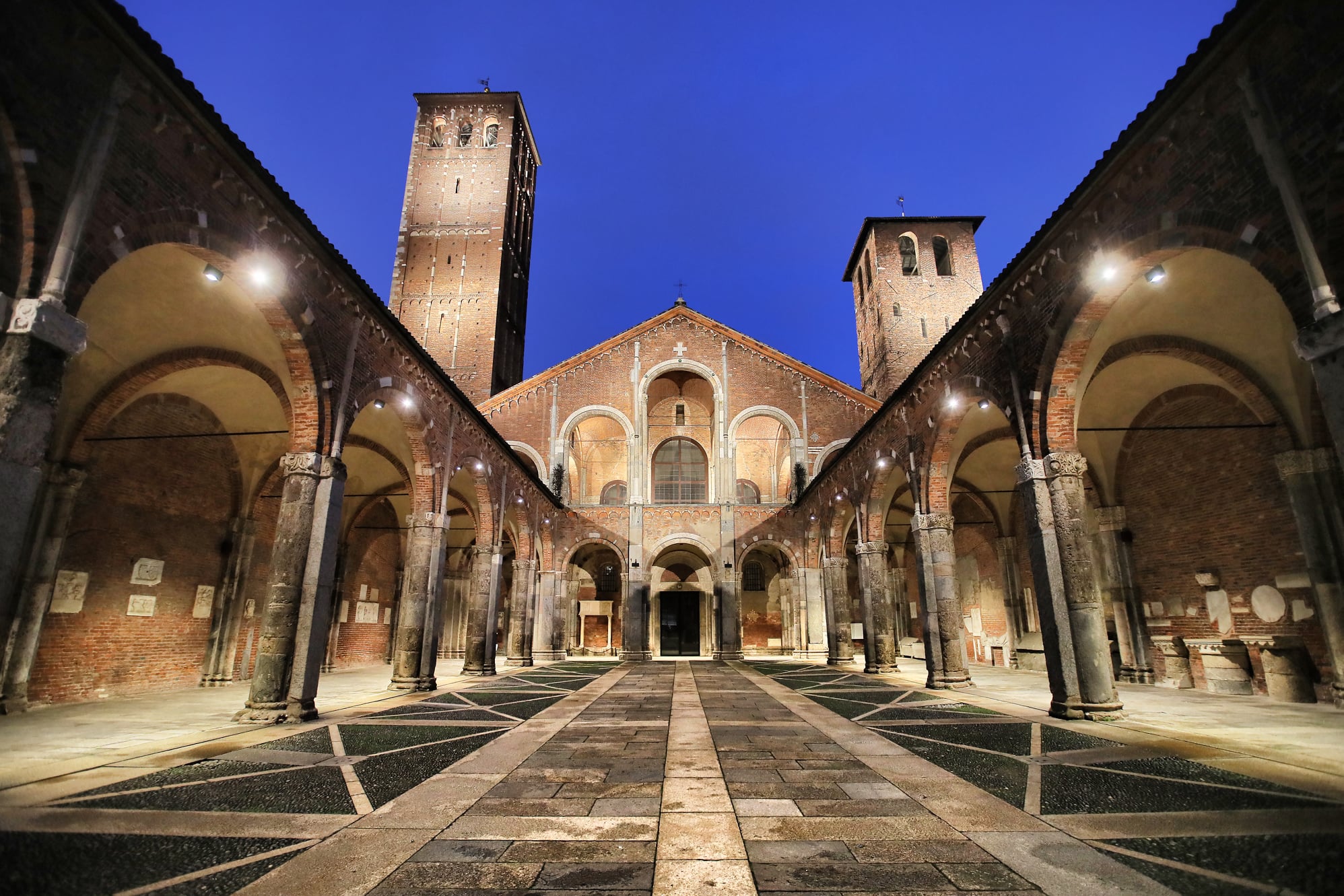The convent, located to the left of the village, before entering the town, in a raised position, almost dominates the plain, in front of the bridge of Castellaro. The convent complex of San Domenico consists of the convent and the Gothic church dedicated to Santa Maria della Misericordia. In 1468 Blessed Domenico Cristoforo from Milan who called to collaborate "wall masters " and Lombard stonemasons: the Bunichi, the Calvi, the Da Lancia, the Carlone, who were joined, learning a lot, by local workers. The construction lasted about twenty-seven years and was inaugurated on August 8, 1490.
In 1468 the first religious settled in the convent, which soon became an important centre for the cultural, spiritual and artistic development of the city and was for three centuries the main centre of culture, where there is also a library necessary for the training of preachers and sufficiently rich despite the abandonment and plundering at the end of the 19th century, in which manuscripts and miniatures were reproduced.
The church, restored in 1935 to its original Gothic lines and recently restored again, has a façade decorated with late Gothic elements including a portal edged in grey stone surmounted by a pointed arch, in the middle of which a marble bas-relief represents the Pietà. A geometric design with vertical lozenges and stylized leaves links the arch of the door to the central window; the tympanum is decorated with small hanging arches along the two slopes and a central oculus.
The irregular Latin cross plan is flanked by ogival chapels; the three internal naves are decorated with black and white ashlars in the ribs of the vaults and in the arches of the side chapels. The church has valuable decorations by Giovanni Donato da Montorfano, while the decorations and works of art are clearly influenced by the Flemish, Lombard and Genoese schools. The paintings that adorn the interior, with 12 altars, represent in fact a meeting point for artists of different origins and constitute an art centre of primary importance. In the church you can admire several paintings by Ludovico Brea such as the triptych of the Annunziata, the Madonna of the Rosary, the triptych of Saint Catherine of Alexandria, the (1483), in the Curlo chapel the polyptych of Ludovico and Antonio Brea depicting the Baptism of Christ (1495).
The convent has a splendid 15th century cloister: the square-shaped cloister is covered by twenty columns of the Benedictine convent of Santa Maria del Canneto. In the relative lunettes, frescoes, painted between 1611 and 1615, depicting episodes from the life of San Domenico di Alfonso di Pietro (1613) and Gio Batta Merulo (1613), have been recovered under a coat of plaster. Adjacent to the cloister are the refectory and the Chapter House, where there are two frescoes of the Crucifixion by Giovanni Canavesio.
